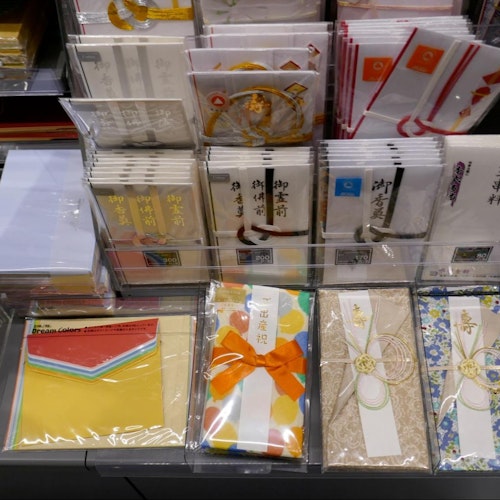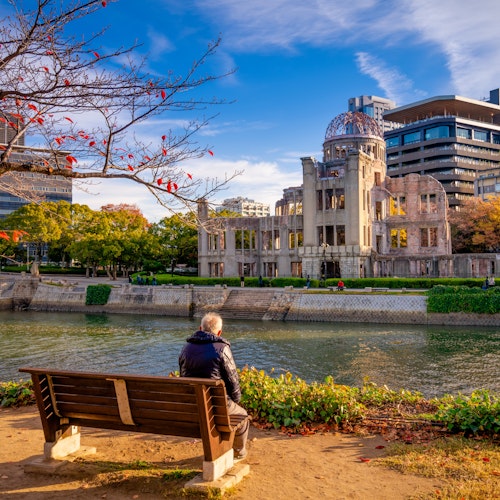
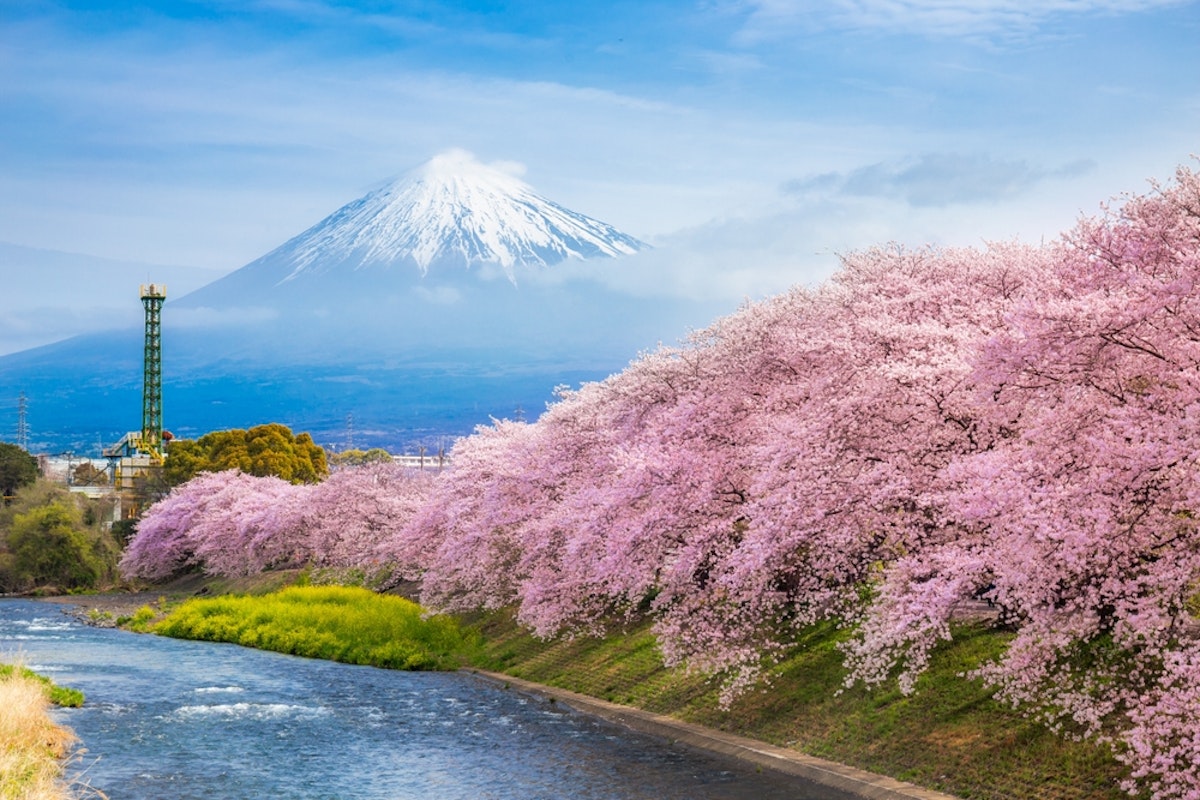
Mount Fuji is one of Japan’s most iconic sights, drawing millions of visitors every year with its stunning shape and towering presence. Whether you’re looking to climb its trails, enjoy its breathtaking views, or explore the surrounding lakes and villages, the time of year you visit can shape your experience.
Each season offers something special, from spring’s cherry blossoms and summer’s climbing opportunities to autumn’s brilliant foliage and winter’s clear, snowy vistas. Mount Fuji offers unique experiences each season, making it a standout destination in Japan.
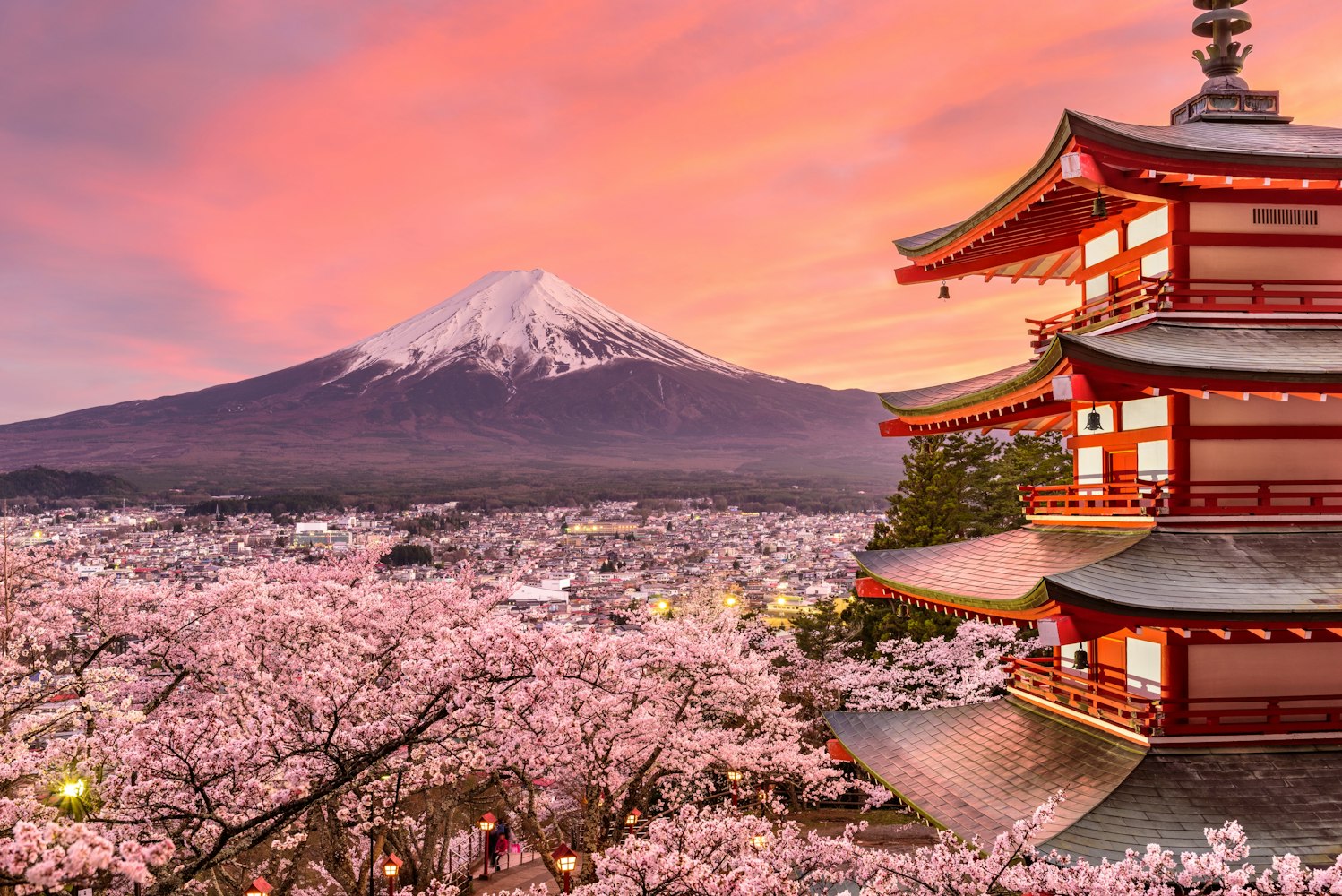
Spring is a favorite time to visit Mount Fuji, particularly for those who enjoy the beauty of cherry blossoms. As the season of renewal, it offers breathtaking views of Mount Fuji framed by pink and white blossoms, making it a photographer’s dream. The Fuji Five Lakes area and Chureito Pagoda are particularly popular this season, as the flowers create a magical foreground for the mountain.
Weather and Visibility: Spring often provides clear skies, especially in the mornings. Temperatures are mild, making it a comfortable time to explore the surrounding landscape and enjoy walks by the lakes.
Activities: While the official climbing season hasn’t started, you can visit the lower altitudes, take a boat ride on Lake Kawaguchi, or stroll through the nearby flower festivals.
Cherry Blossoms: Early to mid-April is peak cherry blossom season, but timing may vary depending on weather conditions. The blossoms are fleeting, so checking local forecasts is recommended.
Pro Tip: For the best chance of a clear view, aim for early mornings or days after light rain, as this reduces haze and enhances visibility.
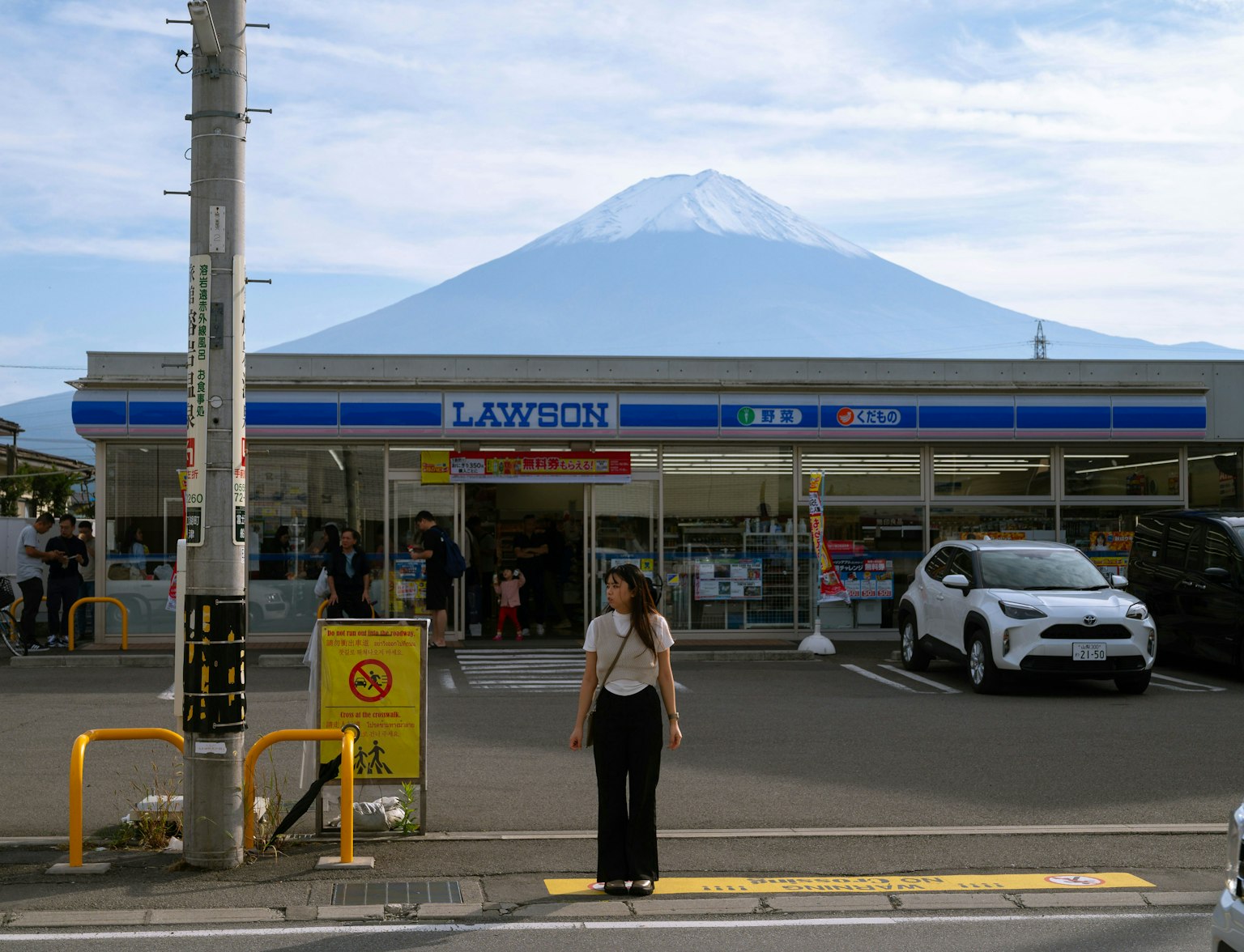
Enjoy a full day exploring Mt. Fuji’s highlights. Visit Lake Kawaguchi, ride the scenic ropeway, try a matcha tea experience, and see the clear ponds of Oshino Hakkai.
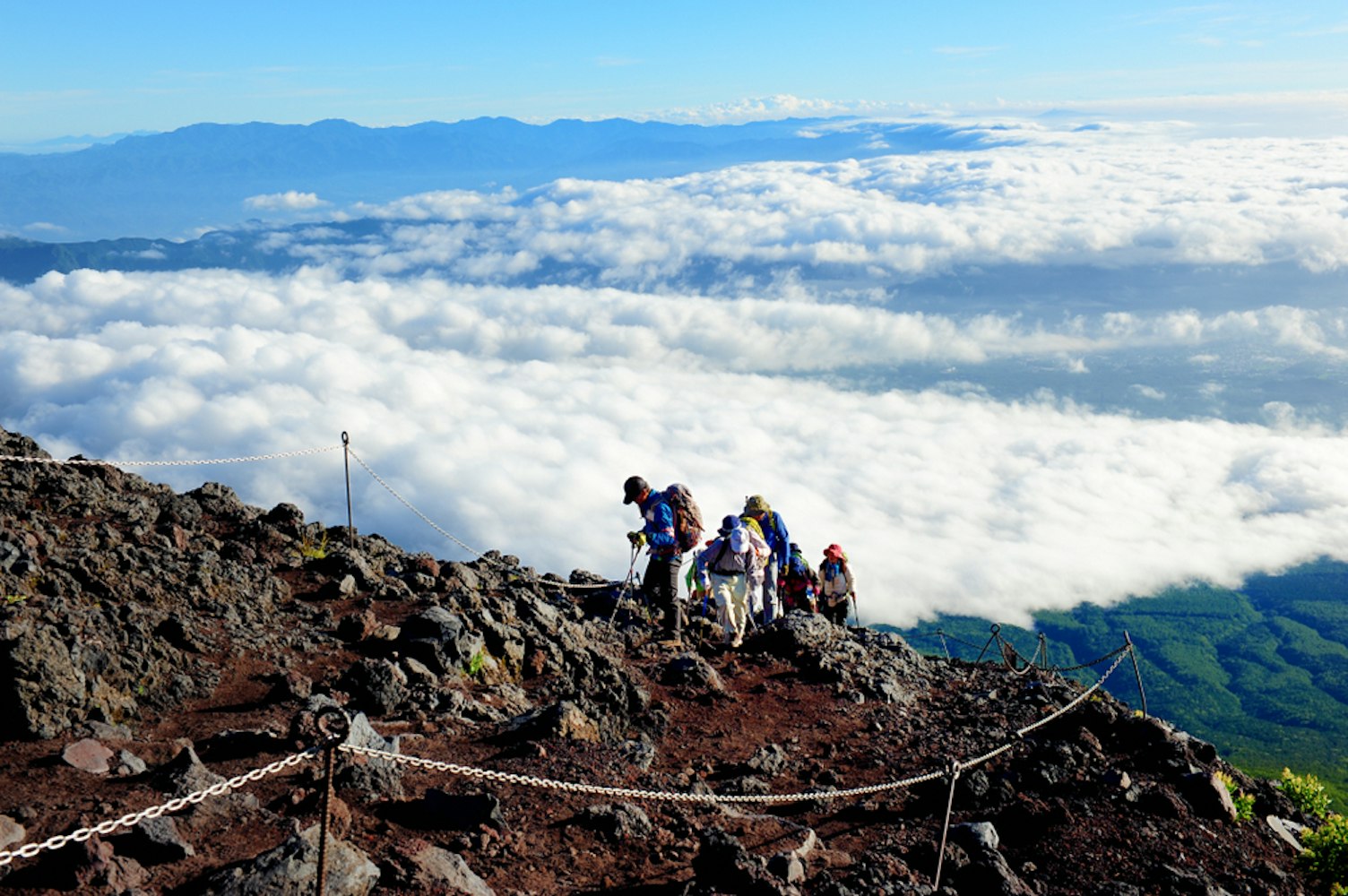
Summer marks the official climbing season for Mount Fuji, running from early July to early September. During this time, Mt. Fuji is highly accessible and visible, with all four trails (Yoshida, Subashiri, Gotemba, and Fujinomiya) open to climbers. Mountain huts, rest stations, and services are fully operational, making the experience more accessible even for beginners.
Climbing Mount Fuji: The Yoshida Trail is the most popular route, offering ample facilities and a steady incline. Mountain huts provide overnight accommodation, allowing climbers to rest and acclimate before attempting to catch the sunrise from the summit.
Weather: While the temperatures at the base are warm, the summit can still be cold and windy, so layering is essential. Afternoon showers are common, so pack waterproof gear.
Peak Crowds: Summer months attract thousands of climbers, particularly in August during Japan’s holiday period. Weekdays and early-season climbs are generally less crowded.
Pro Tip: To avoid altitude sickness, ascend gradually, stay hydrated, and spend time at higher altitudes before starting your hike.
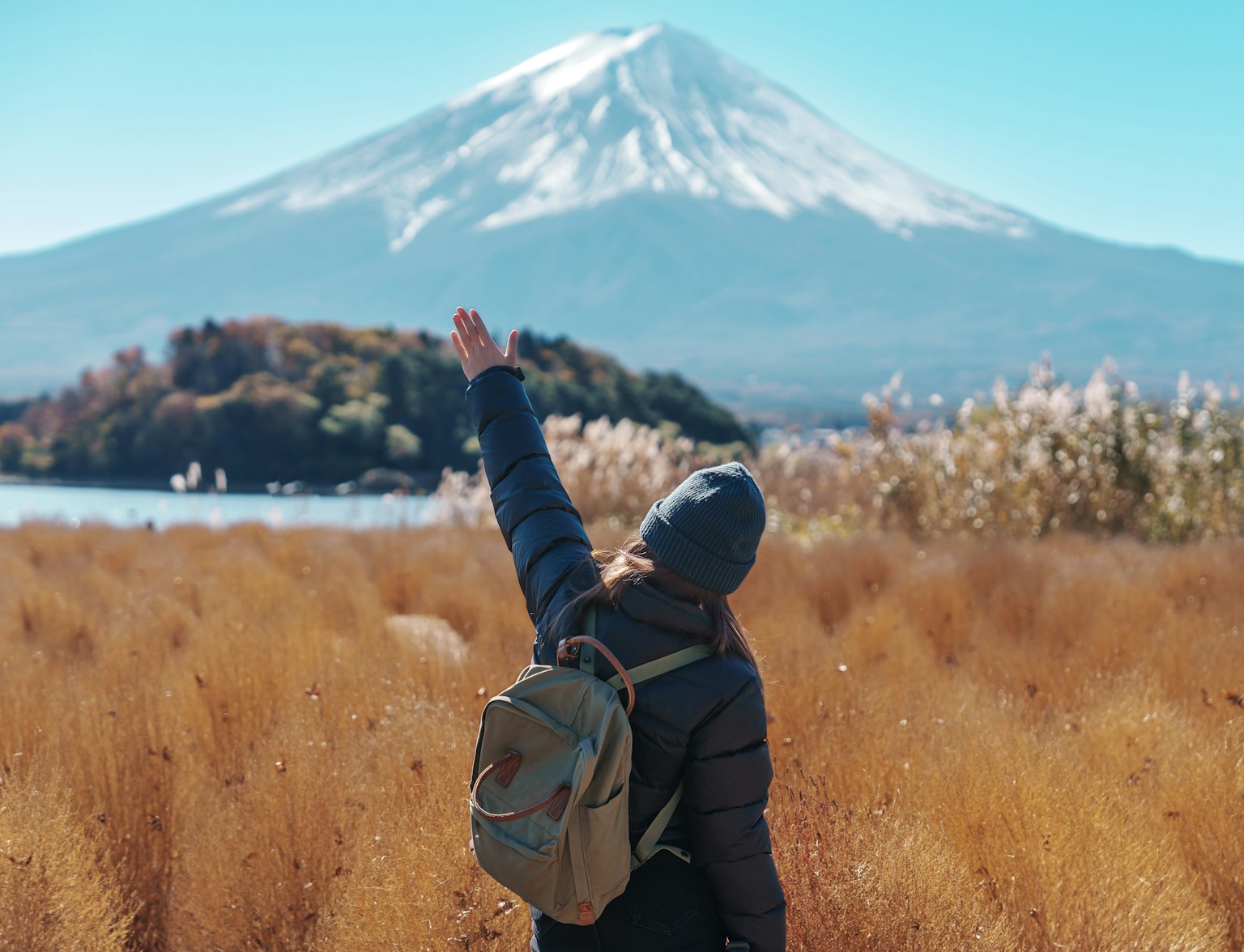
Spend a fun-filled day exploring Mount Fuji’s most beautiful and photogenic spots.
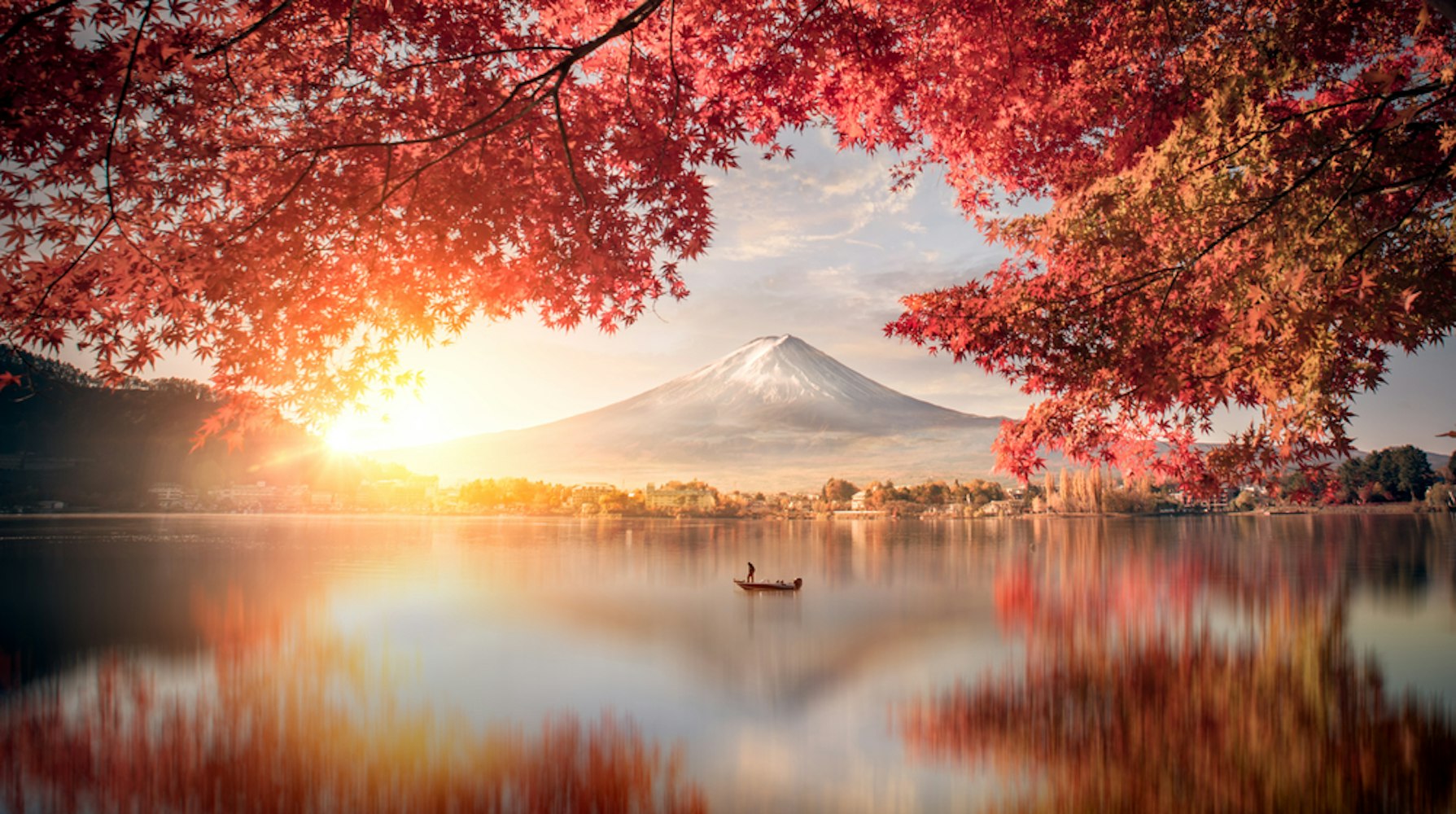
Autumn is the best time to visit Mount Fuji, as the surrounding landscape is transformed into a palette of reds, oranges, and yellows. The crowds begin to thin out after the climbing season ends, making it an excellent time for peaceful sightseeing.
Weather and Visibility: Cool, crisp air in autumn enhances Mount Fuji's visibility, offering some of the clearest views of the mountain. Mornings are particularly sharp, ideal for capturing the mountain at its finest.
Activities: Hiking lower trails, visiting the Fuji Five Lakes, and exploring nearby parks are popular this season. The autumn foliage is especially vivid around Lake Yamanaka and Lake Kawaguchi.
Climbing Restrictions: The official climbing season ends in early September, but experienced climbers with proper gear can still attempt the ascent. It’s important to note that mountain huts and facilities may not be available.
Pro Tip: For the best foliage views, visit during mid to late October, when the colors are at their peak.
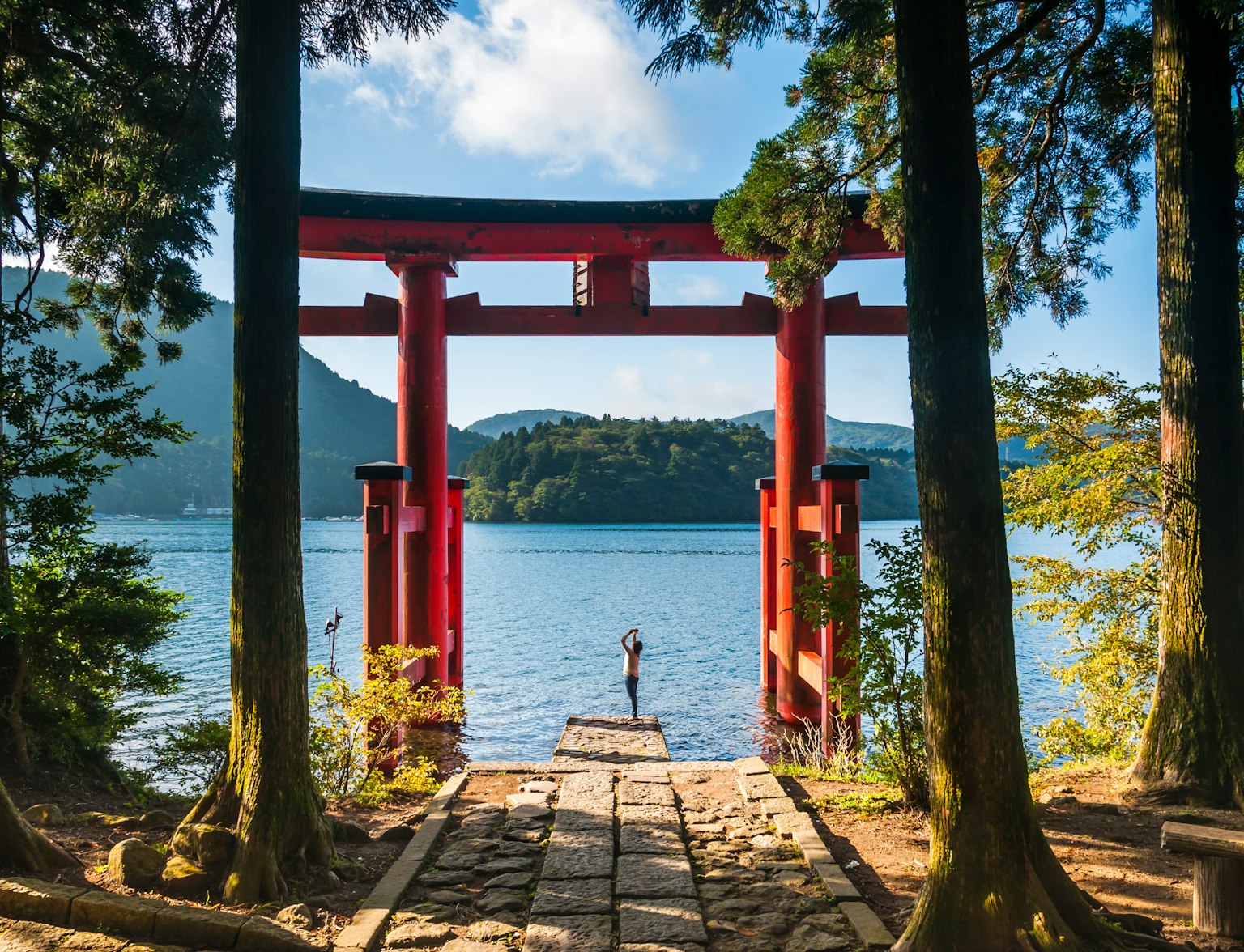
Discover the breathtaking landscapes of Japan with a full-day guided tour.
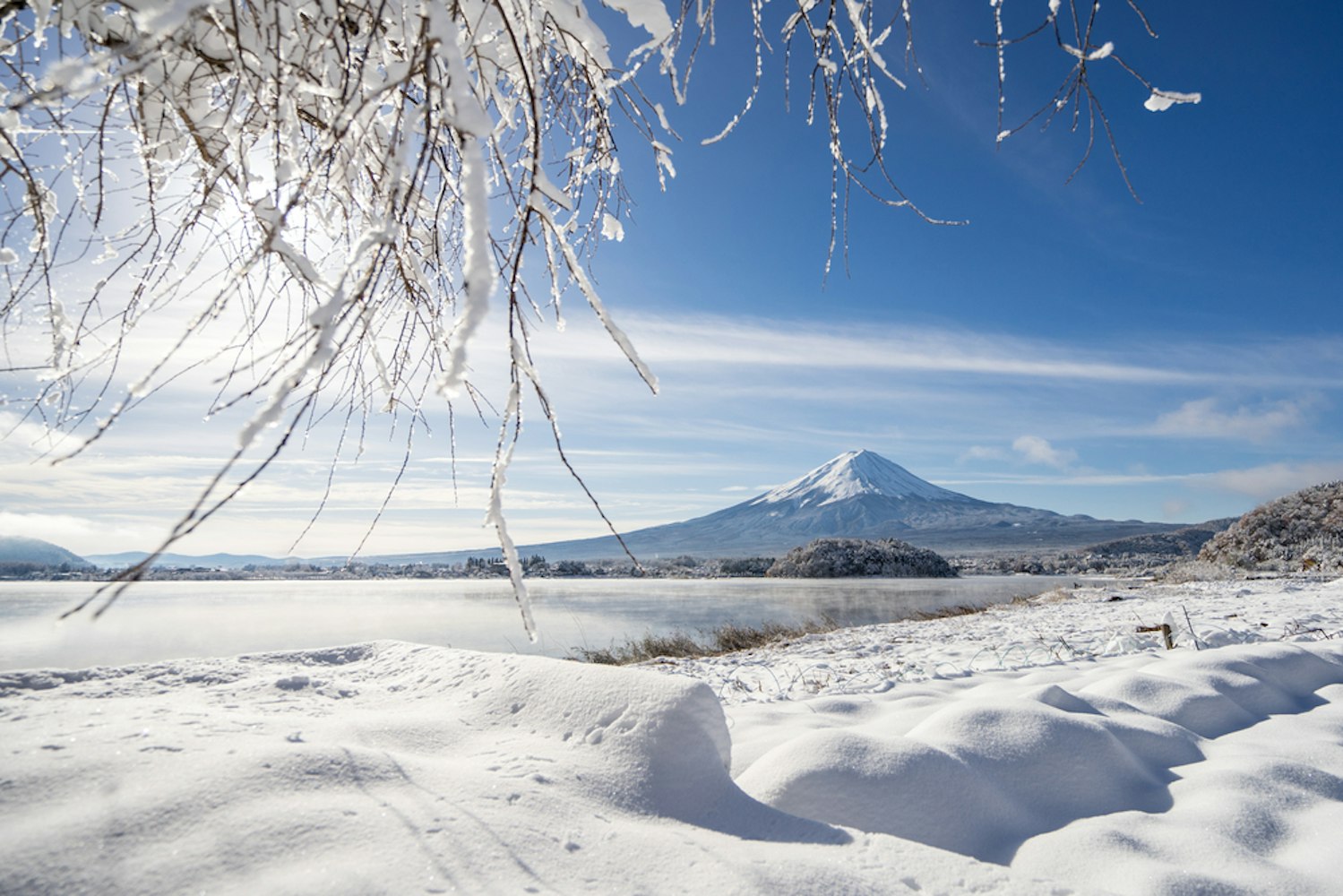
Winter wraps Mount Fuji in a blanket of snow, turning it into a pristine, postcard-perfect sight. This is the best time to view the mountain from a distance, as the air is at its clearest, and the snow adds dramatic contrast against the blue sky, enhancing Fuji's visibility.
Visibility: Winter mornings often provide the clearest views of the mountain, making it an ideal season for photographers. Popular spots like Chureito Pagoda, Lake Kawaguchi, and Tokyo Tower offer incredible vantage points.
Activities: Climbing is not recommended during winter due to harsh conditions and the closure of mountain huts. Instead, enjoy hot springs in the Fuji area, take in the scenery from observation decks, or explore nearby villages.
Weather: The lower altitudes are chilly, but the summit temperatures can plummet to extreme lows. If you’re visiting, dress warmly and prepare for icy conditions.
Pro Tip: If you’re in Tokyo during winter, clear days often provide a striking view of Mount Fuji from the city.
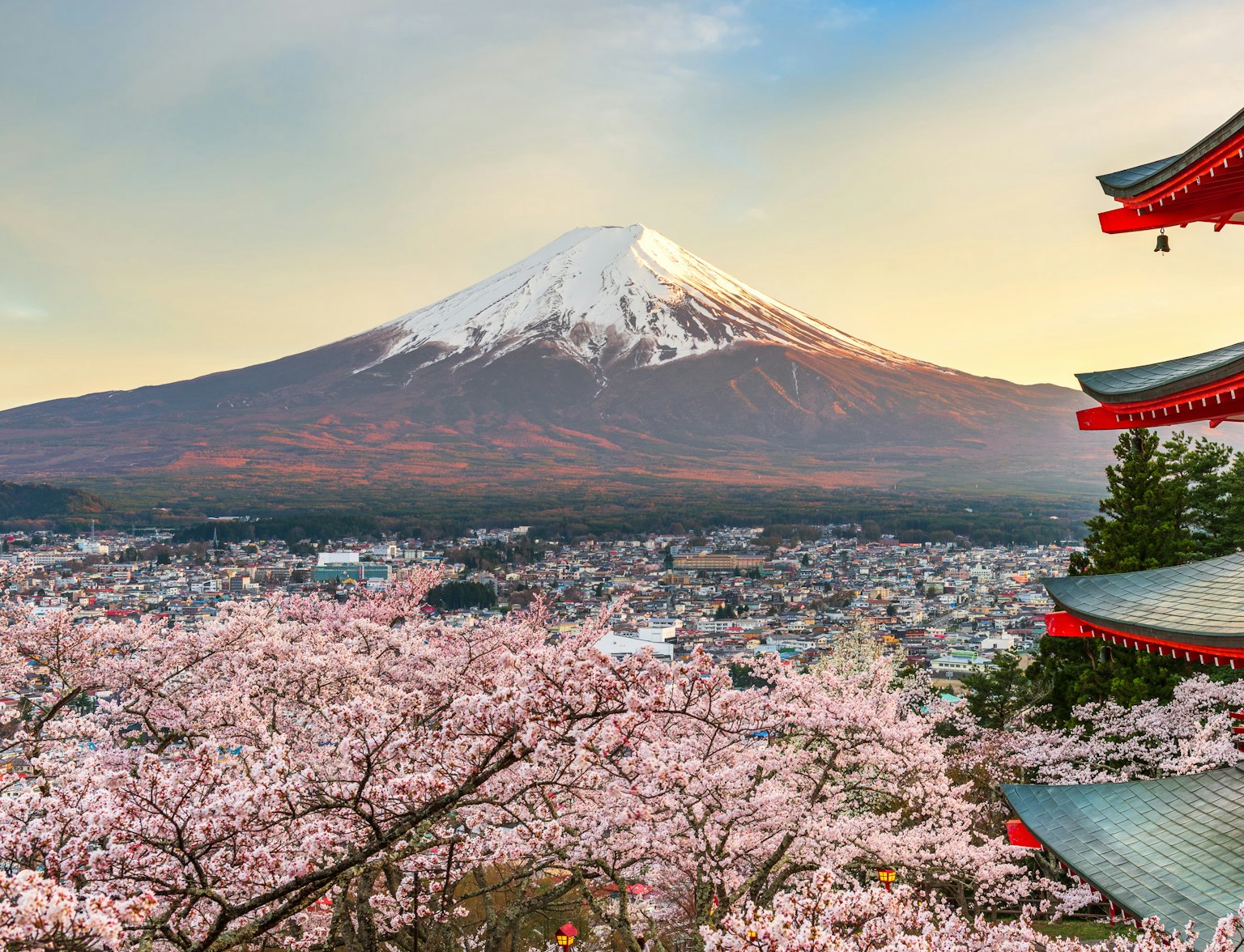
Enjoy a full-day trip from Tokyo to Mount Fuji.
Whether you’re visiting for climbing or sightseeing, there are several locations that provide unforgettable views of Mount Fuji.
Fuji Five Lakes Area: The lakes—Kawaguchi, Yamanaka, Saiko, Shoji, and Motosu—are spread across the northern foothills and offer a variety of vantage points. Each lake has its own charm, with Kawaguchi being the most accessible.
Chureito Pagoda: This five-story pagoda, set against Mount Fuji, is one of the most photographed spots in Japan. The view of Mount Fuji framed by the pagoda is especially beautiful during the cherry blossom and autumn foliage seasons.
Tokyo Tower and Skytree: On clear days, both landmarks offer distant but panoramic views of Mount Fuji from the city.
Lake Ashi: Located in Hakone, this lake provides picturesque reflections of the mountain, especially when viewed from sightseeing boats.
Yoshida Trail: While primarily a climbing route, this trail offers stunning views of the surrounding landscape, even at its lower sections.
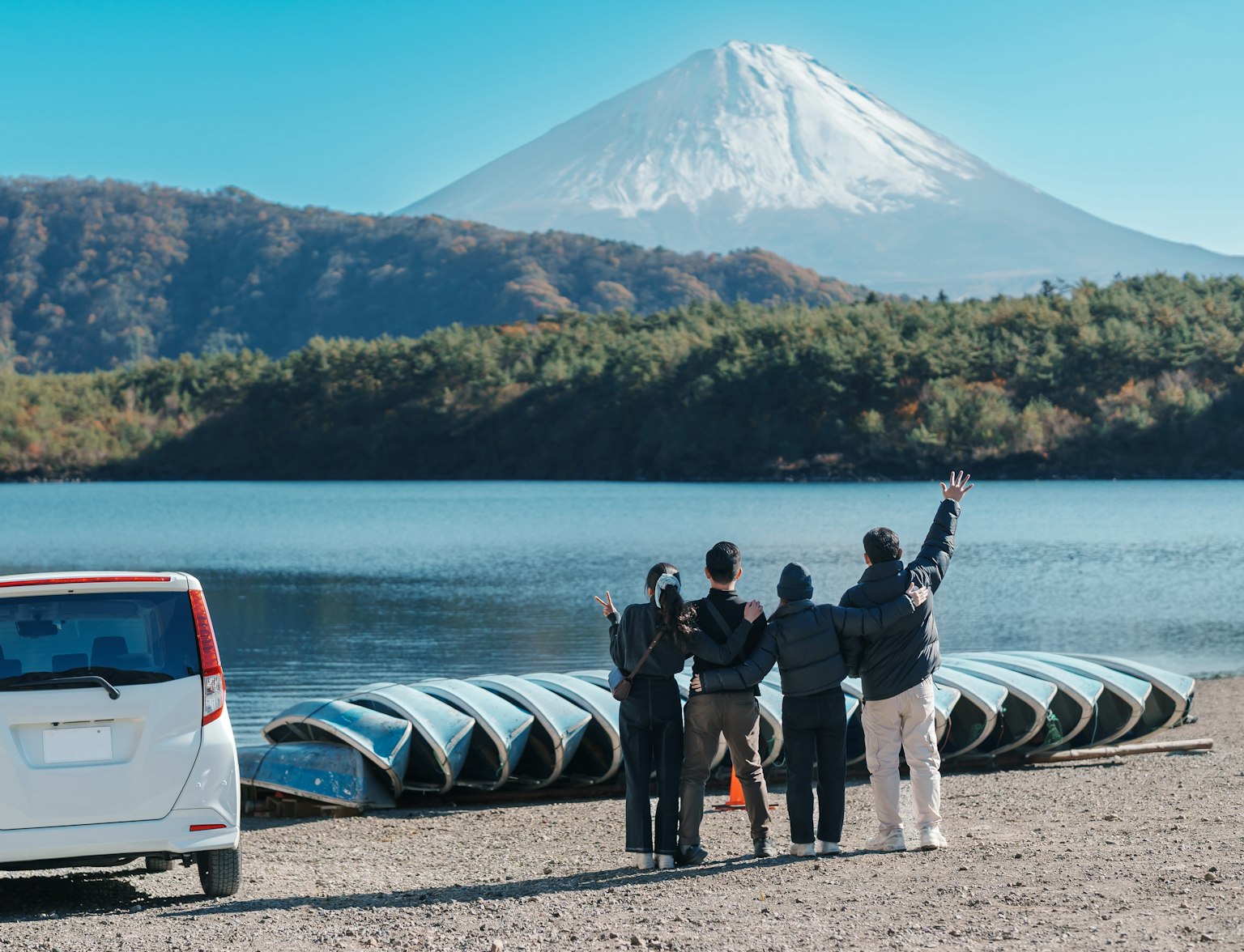
Enjoy a full-day private tour of Mount Fuji in a premium car.
Check the Weather: Mount Fuji's visibility can vary greatly depending on the weather. Sunny days, particularly after rainfall, offer the best chance for a clear view.
Pack Smart: If you’re climbing, layers, sturdy footwear, and a headlamp are essential. For sightseeing, comfortable shoes and a light jacket are recommended.
Book Accommodations Early: The peak seasons, particularly during the climbing season and cherry blossom period, see a surge in visitors. Secure your stay in advance to avoid last-minute issues.
Use Public Transport: From Tokyo, the Japan Rail Pass and direct buses are cost-effective and convenient options to reach the mountain. Kawaguchiko Station and Otsuki Station are key stops for accessing the Fuji Five Lakes area.
To truly enjoy Mount Fuji, consider what you want to see and do before choosing when to visit. If climbing is your goal, plan your trip during the summer months when the trails are open and facilities are ready to support hikers.
For photographers and sightseers, winter and early spring often provide the clearest views. Those who love seasonal beauty can time their visit with the cherry blossoms in spring or the fiery foliage of autumn. Mount Fuji offers unique experiences each season, making it a standout destination in Japan.


